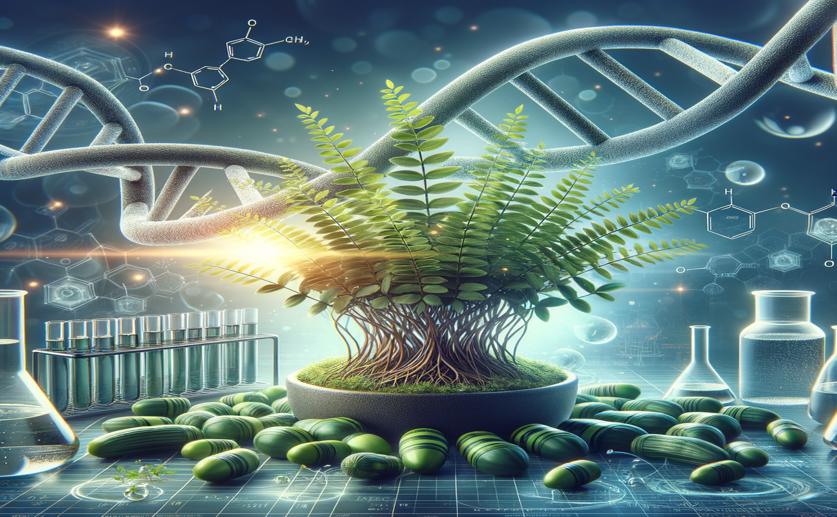
Identifying Genes for Stress Management in Licorice Plants
Jim Crocker
28th March, 2024

Image Source: Natural Science News, 2024
Key Findings
- Study at CSIR-IIIM Jammu identified 181 ABC transporters in the licorice plant
- Nine of these transporters are linked to plant growth by responding to the hormone auxin
- Seven transporters help licorice plants handle stress, with some specifically reacting to drought
References
Main Study
1) A transcriptome-wide identification of ATP-binding cassette (ABC) transporters revealed participation of ABCB subfamily in abiotic stress management of Glycyrrhiza glabra L.
Published 27th March, 2024
https://doi.org/10.1186/s12864-024-10227-z
Related Studies
2) Role of ATP-binding cassette transporters in maintaining plant homeostasis under abiotic and biotic stresses.
3) Molecular phylogenetic study and expression analysis of ATP-binding cassette transporter gene family in Oryza sativa in response to salt stress.
4) The Arabidopsis thaliana ABC protein superfamily, a complete inventory.
Journal: The Journal of biological chemistry, Issue: Vol 276, Issue 32, Aug 2001



 18th March, 2024 | Jenn Hoskins
18th March, 2024 | Jenn Hoskins